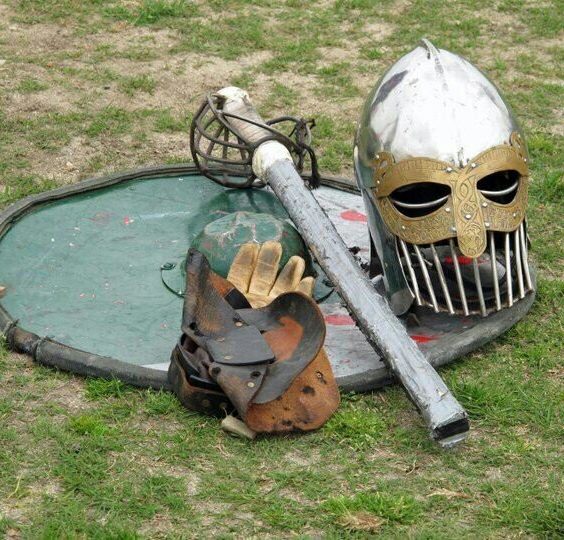The Stuff:
This is a nonfiction book about the resurgence of the Ku Klux Klan in the 1920s in the Midwest. Their traditional center of power was the South, the states of the former Confederacy. Most of the events it covers transpire from roughly 1921 to 1925, reflecting a rapid rise and a even more rapid fall.
In Indiana, a man named D.C. Stephenson rode the groundswell of the Klan to become Grand Wizard of the Indiana Klan. (With a title like that, who wouldn’t want to have the job?) The Grand Wizard also took a cut from every initiation fee paid and every uniform sold, making him an exceptionally wealthy man.
“I did not sell the Klan on hatreds,” the author quotes Stephenson. “I sold it on Americanism.” Yet those who joined the Klan swore an oath that one race and one religion (theirs, of course) were superior to all others.
Stephenson was hardly a benevolent dictator but had a habit of brutalizing his various wives, intimate partners, and any woman around him. He was the most powerful man in Indiana. Who was going to stop him?
Madge Oberholtzer had been an educator and was working as an aide to Stephenson. She agreed to ghostwrite a book on nutrition for him, which he would then sell to the Indiana school system whether they needed it or not.
One night, twenty-eight-year-old Madge returned to her parents’ house from a date to find multiple messages from Stephenson. The messages demanded she meet him at his hotel room that night for consultations about the book. Yeah, about the book.
Thoughts:
The Klan of the 1920s differed from the Klan of Reconstruction in several ways. First, it was more political, trying to win over people by insinuating itself into places of power rather than simple brute terrorism toward black citizens—though, of course, they didn’t abandon terrorism. They also branched out in its targets of hate. Not content to oppress only the emancipated slaves and their descendants, they focused their hatred on immigrants (those who talk funny), as well as those who prayed differently—the Jews and the Roman Catholics. Perhaps one could describe it as a fascist snob social club with an enforcer wing. There was a woman’s auxiliary and (really) a children’s brigade, the Ku Klux Kiddies.
Though the political maneuvering of the Klan has parallels to the rise of the Nazi party, the author writes little of the latter. He does mention Nazi Germany defended its 1936 eugenics law by using the U.S. as a role model. (p. 347) Placing Klansmen in positions of political power (e.g., the governor of Indiana was a Klansman) to push the Klan’s agenda of bigotry, enrich the Klan elite and allow them to flout laws such as Prohibition has echoes of the worst accusations against a certain political party active at present, yet Egan never alludes to the present-day turmoil.
Ferinstance, Clifford Ford, governor of Georgia, told a Klan rally in 1924 the U.S. should build ”a wall of steel, a wall as high as heaven” to keep out those pesky immigrants. Yeah, no new thing under the sun.
Egan does not pretend to be neutral, nor does he need to, IMseldomHO. Without apology, he describes the message of the Klan as one of hate, its members as “ghost-sheeted marchers” and the organization itself as “the hooded order.”
I can easily recommend Egan’s recounting of the ugly slice of history, albeit with the warning that this is not a happy read. The worst did not come to past—and no one destroyed half the continent—but it is a reminder that we dodged a bullet.
Bio: Timothy Egan is an American journalist and author of ten books, most notable of which is The Worst Hard Times (2006), an oral history of survivors of the Dust Bowl of the Great Depression.
Title: A Fever in the Heartland: The Ku Klux Klan’s Plot to Take Over America, and the Woman Who Stopped Them
Author: Timothy Egan
First published: 2023


Yes I certainly believe you when you say “this is not a happy read”. A great read but not a happy one. It sounds like a scary and dark but important book. It is hard to imagine how people like D.C. Stephenson could be that evil. It certainly a dark time in history but as you say we may have dodged a bullet. Thank you for a great presentation and a great review.
Thanks for your kind words. “A great read but not a happy one.” Yes. That doesn’t mean one should shy away from it, especially now with the trend to ban or challenge books in schools. This is obviously intended for adults but demonstrates why whitewashing (both in the figurative and in the racial senses) is a grave disservice.